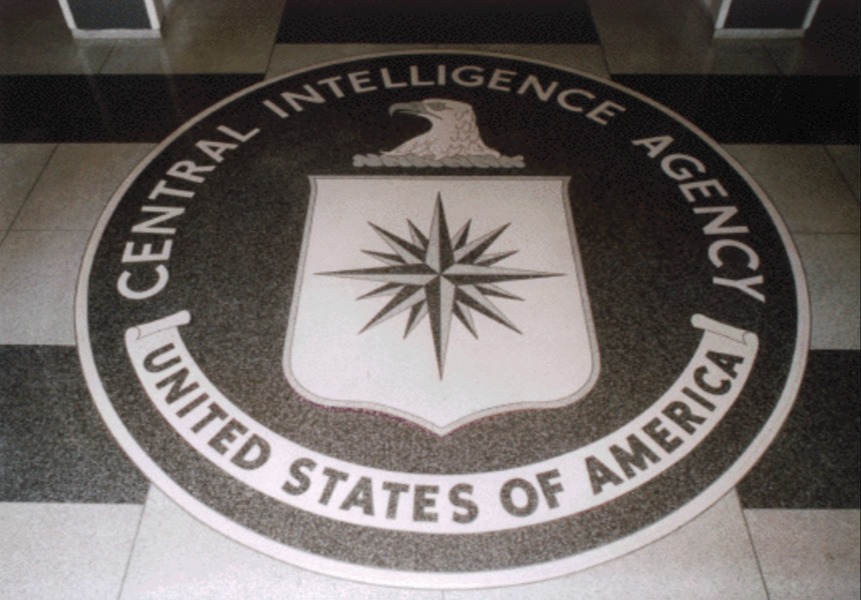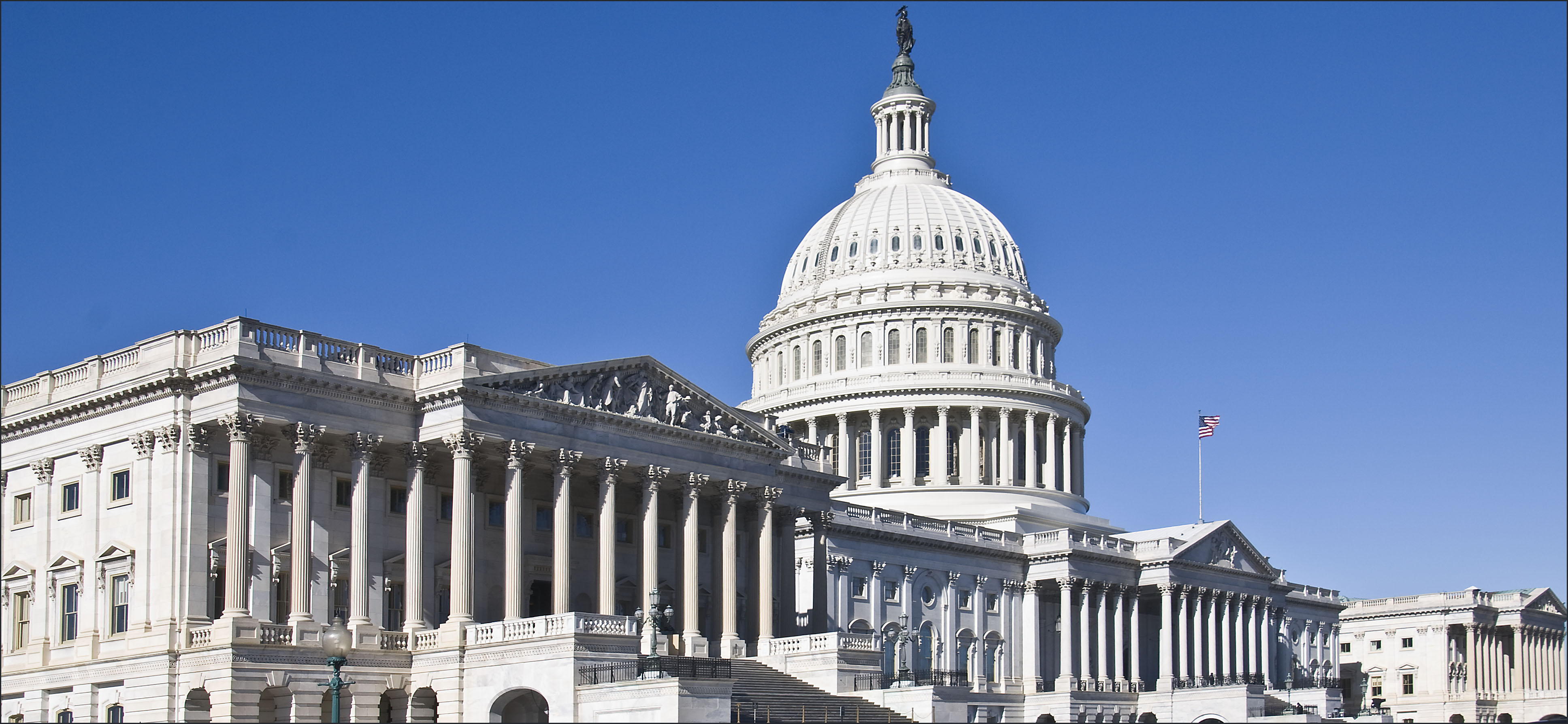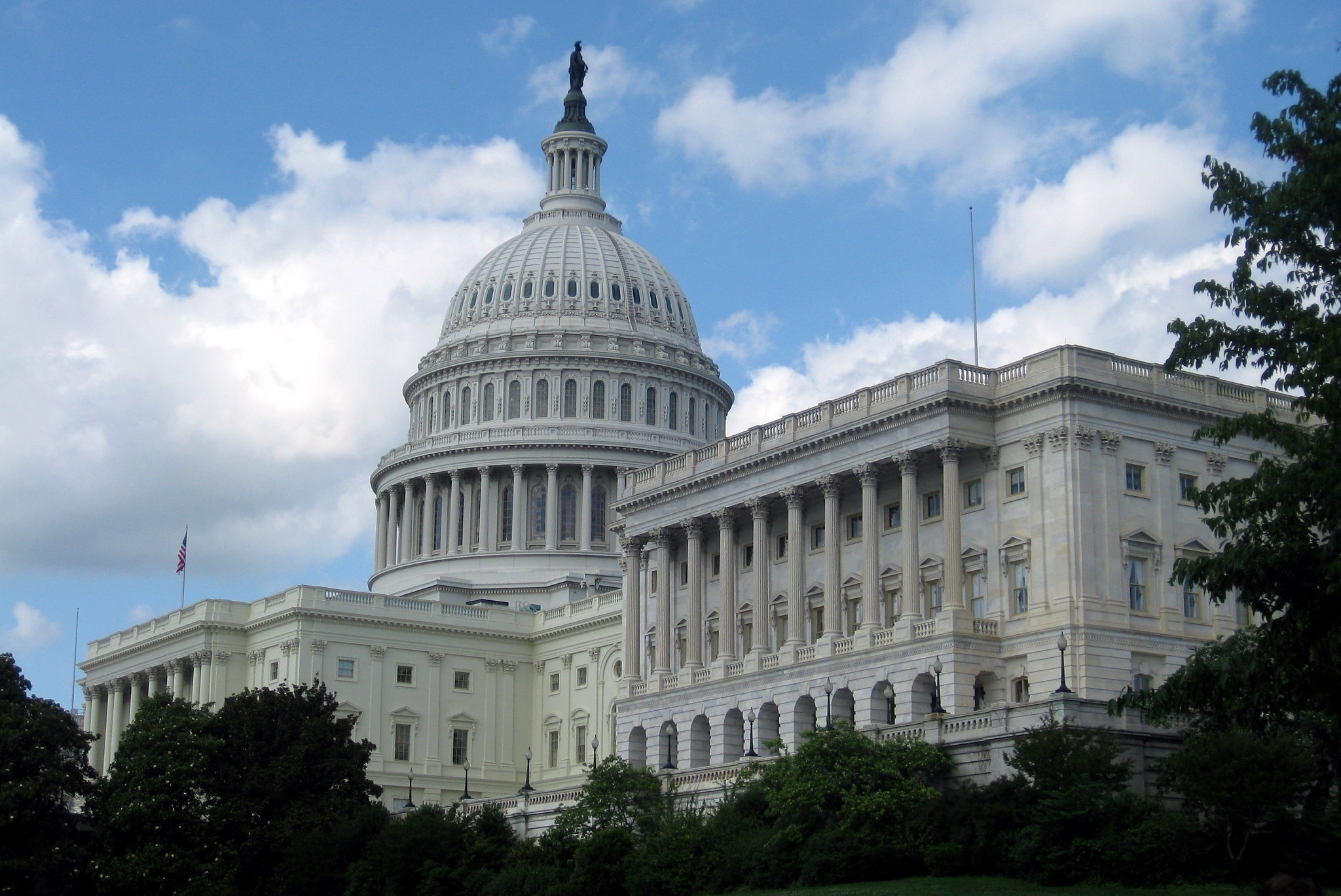Unearthed Documents Show that NSA Illegally Spied on Senators, Civil Rights Leaders, and the Media*
* - Or, at least, it did over forty years ago.
In a new piece at Foreign Policy, Matthew M.
Published by The Lawfare Institute
in Cooperation With

* - Or, at least, it did over forty years ago.
In a new piece at Foreign Policy, Matthew M. Aid and William Burr report on a recently declassified NSA history that discloses the targets of NSA surveillance during the late 1960s and early 1970s, including sitting Senators and Martin Luther King, Jr. In these documents, the NSA reveals new details about the "Minaret program" in response to a request by George Washington's National Security Archive.
The Minaret program, which lasted from 1967 to 1973, was a surveillance program aimed at intercepting the telegrams and phone calls of critics of the war in Vietnam. As the NSA history documents,
With FBI as the prime source of names, NSA began expanding the watch list to include domestic terrorist and foreign radical suspects. The watch list eventually contained over 1,600 names and included such personages as columnist Art Buchwald, journalist Tom Wicker, civil rights leaders Martin Luther King and Whitney Young, the boxer Muhammed Ali, and even politicians such as Frank Church and Howard Baker.Aid and Burr argue that the "the watch list of domestic critics had its origins in the paranoia that pervaded the White House during the administrations of Johnson and Nixon, as public discontent over the Vietnam War grew." But whatever its trigger, the program was clearly "disreputable if not outright illegal," according to the NSA history. Aid and Burr note that the program was even operated in a shady manner:
[T]he NSA analysts working on the program printed all reports derived from these intercepts on plain bond paper without the NSA's logo or any classification markings except for the marking "For Background Use Only" printed on the top and bottom of the report. They then had them hand-carried by NSA couriers to the very few individuals at the White House and elsewhere in Washington who were cleared to see these highly classified documents.While the new documents are illuminating, they do not answer all questions, especially the key issue of Minaret's scope. Aid and Burr observe:
The newly declassified NSA material does not divulge how many phone calls or telegrams the agency intercepted from these seven men (King, Young, Ali, Wicker, Buchwald, Church, and Baker), but the number must have been significant over the six years that Minaret operated. The NSA now admits that at the height of the Minaret program in late 1969, almost 150,000 telephone calls, telexes, and cables were being intercepted and analyzed at the NSA every month. The NSA history also doesn't reveal what information about these targets the NSA extracted from these intercepts and sent on to the White House. According to declassified NSA documents, between 1967 and 1973 the agency issued approximately 1,900 intelligence reports pertaining to terrorism, executive protection, and foreign influence and/or support for U.S. groups deemed to be subversive, especially those groups described as "anti-war."What lessons can be drawn from the Minaret program's existence? One takeaway may be, as Aid and Burr claim, that "[i]t demonstrates just how easily the agency's vast surveillance powers have been abused in the past and can be abused even today." Others, though, may take solace in the fact that however controversial the NSA's programs may be today, they are a far cry from the abuses of the Johnson and Nixon years. Perhaps, then, this recent history suggests that the safeguards put in place after those abuses - chiefly, the 1978 Foreign Intelligence Surveillance Act - are actually working as designed.
Sean A. Mirski practices a combination of foreign-relations, international, and appellate law at Arnold & Porter in Washington, DC. He is also a Visiting Scholar at the Hoover Institution. He clerked for Justice Samuel A. Alito, Jr., on the United States Supreme Court, and for then-Judge Brett M. Kavanaugh on the United States Court of Appeals for the D.C. Circuit. He also served as Special Counsel to the General Counsel of the U.S. Department of Defense. He is the author of We May Dominate the World: Ambition, Anxiety, and the Rise of the American Colossus, which Kirkus selected as one of the 100 Best Non-Fiction Books of 2023.





